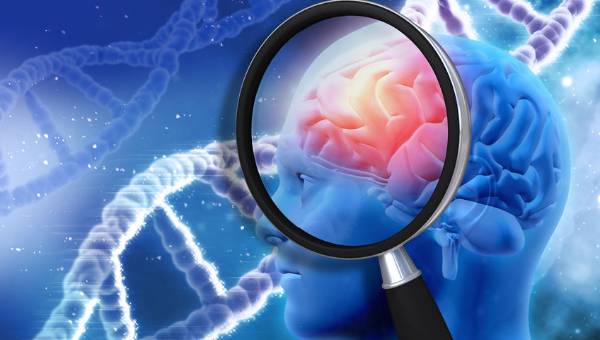- Mücahitler,52083 sokak
YASEM İŞ MERKEZİ No:42 D:173. nolu ofis 27090 Şehitkamil/Gaziantep - Mon. - Sat 9.00 - 18.00
Sunday Closed
Glioma
Brain tumors are among the health problems that people often hesitate to learn about, which can lead to serious consequences. Brain tumors, which cause a decrease in the quality and duration of life, can lead to death.
It is estimated that the incidence of brain tumors in the population will increase gradually. The reason for this is the aging of the world population. The incidence of brain tumors increases with age. Because of this prediction, which is on the agenda of scientists, their attention is focused on the treatment of brain tumors and subsequently on quality of life.
Do you know these?
As the world population ages, the incidence of brain tumors increases.
Moreover, the incidence of brain tumors in the population is increasing. Studies show that five out of every 100,000 people develop a new brain tumor. However, the predictions made in the scientific world show that this rate will increase gradually.
The reason is the aging of the world population. The incidence of brain tumors increases with age. Because of this prediction, which is on the agenda of scientists, their attention is focused on the treatment of brain tumors and subsequently on quality of life.
Symptoms
Since brain tumors are tumors located in the skull, common symptoms such as severe headache, nausea and vomiting can be seen due to increased pressure in the skull.
Apart from that, different symptoms occur depending on the affected area of the brain. These; weakness in the right or left half of the body, numbness, gait disturbance, vision loss, hearing loss, memory impairment, difficulty in speaking, imbalance. In pituitary gland tumors; Various hormonal disorders such as menstrual irregularity, growth in hands and feet may occur.
Diagnostic Methods
Imaging methods used in the diagnosis of brain tumors; brain tomography and magnetic resonance imaging. Brain tomography gives very valuable information in some special tumors. However, magnetic resonance imaging is the standard in the diagnosis of brain tumors today.
Detailed information is obtained about the structure of the brain, the region where the tumor is located, sometimes the type of tumor and how much the brain and nerves are affected by this tumor. Apart from these, some different methods such as angiography and PET may be needed. With these, information can be obtained about the blood supply characteristics of the tumor and whether they are malignant or not.
Treatment Methods
Basically, three different methods are used in the treatment of brain tumors. These; surgery, drug therapy, and radiation therapy. Among these methods, the surgical method usually comes to the fore. This is because; Tumors usually put pressure on the brain within the skull and increase intracranial pressure.
Surgical treatment
In surgical treatment; Pathological examination is possible to remove the tumor, relieve the brain and nerves, and determine the type of tumor. Moreover, enormous advances are being made in surgical treatments today. To give a few examples; The use of the surgical microscope has become the standard. The use of intraoperative MRI makes significant contributions to the removal of some tumors. Compared to the past, the rate of complications related to surgical intervention has decreased significantly.
Chemotherapy (medicated therapy)
Significant advances have been made in the field of drug therapy in recent years. Chemotherapy, which is generally used in malignant tumors, prolongs the life of patients and sometimes provides complete recovery. However, sometimes drug treatments are needed, especially in benign tumors, as well as in pituitary gland tumors.
Radiation (radiation therapy)
The use of radiation in brain tumors has a long history. In addition, methods such as Gamma Knife and CyberKnife radiosurgery, called radiosurgery, can be used in the treatment of brain tumors.





 TÜRKÇE
TÜRKÇE ENGLISH
ENGLISH عربى
عربى 
